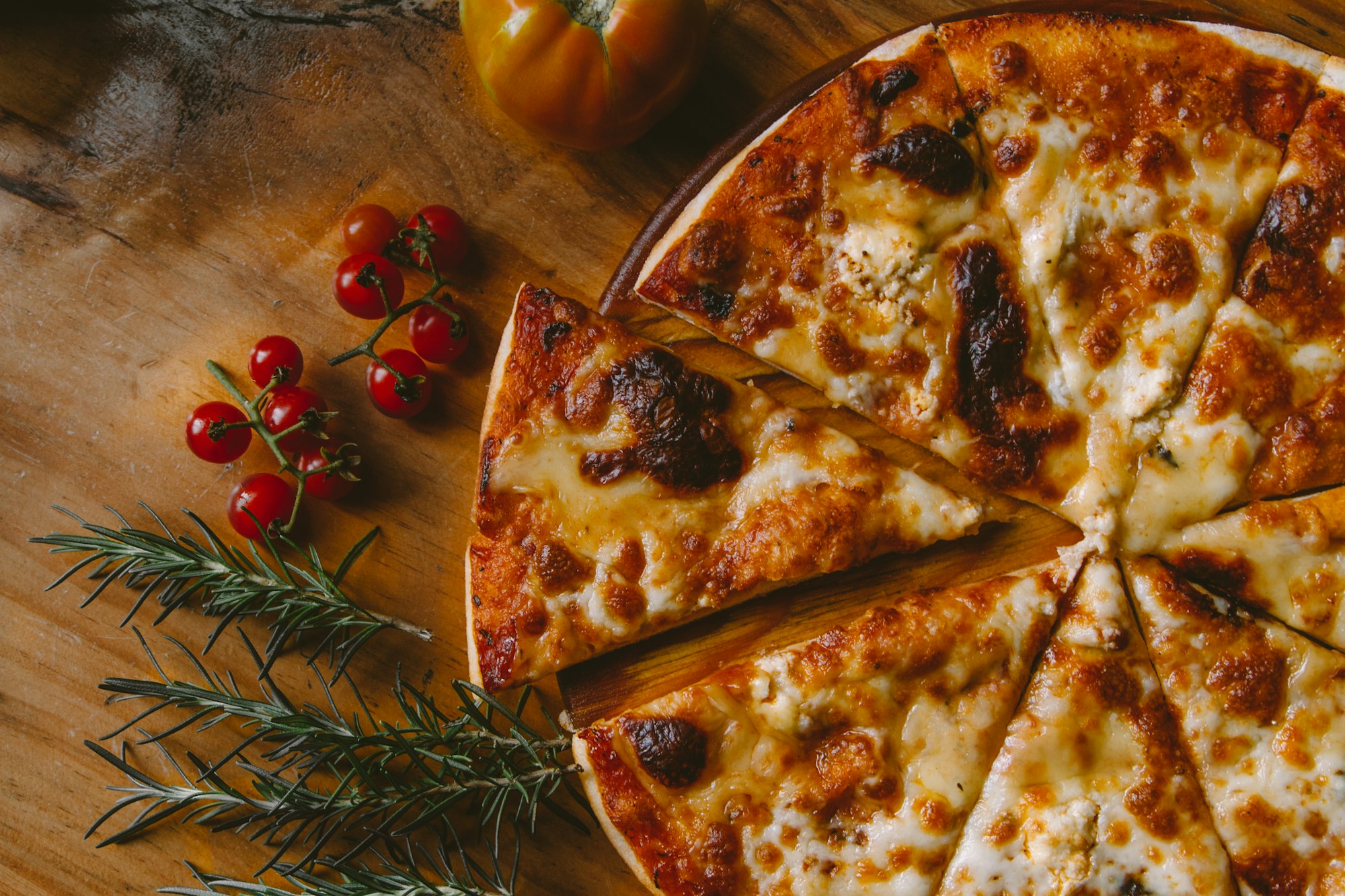Introduction to Healthy Weight Loss
In my previous article, I wrote about the importance of fat loss vs weight loss. If you used the calculator I linked to, you know what your Basal Metabolic Rate (BMR) was, as well as what your Total Daily Energy Expenditure (TDEE) was. They are nothing but what your body needs to run itself at rest (BMR) and then add up your walking around during the day and doing your thing, your daily activity which gives the TDEE. Remember, a calorie is a unit of energy. We talk about kilometres per litre of fuel for our car - all units we've made up. Likewise, a calorie is a unit we made up. And you need a certain amount of calories to run your body.
And there's a reasonable amount of calories you can undereat to achieve healthy fat loss. For example, if your BMR is 1500 and your TDEE is 2100 - anything under 2100 will lead to weight loss. But if that number is too much under, that sends the wrong signals to your body.
Understanding a Sustainable Diet Plan
A sustainable diet plan finds the right number for you. The complexity is it is NOT only about the number i.e. quantity but about the quality of ingredients you are putting in.
There have been things like the Twinkie diet and the Potato diet and all that which have tried to tell you that as long as you maintain a calorie deficit, you will see weight loss. Yes, true.
But once again, we want
- Healthy
- Fat loss
- Sustainably
Let me continue with some numbers from last week.
- BMR = 1500 calories
- TDEE = 2350 calories
- sustainable calorie deficit = 350 calories
This means I will aim to eat (very approximately and for the purposes of maths), 2000 calories. This means I will lose 1 kilo every 20 days (remember, 1 kilo of fat = 7700 calories.)
Now, the Twinkie diet and Potato diet tell you that you can eat 2000 calories of Twinkies or potatoes and achieve weight loss. True.

But you intuitively know that's a fucked up way to go about things, right? If you ate 2000 calories of pizza and doughnuts for the next 100 days, you should technically see 5 kilos of weight loss. The maths say that's true.
But that's because we are seeing one variable of measurement alone. What about your cholesterol? What about your blood sugar? What about feeling hungry for a large portion of the day? What about the insulin response in your body to tons of sugar and cheap carbs? You cannot turn a blind eye to that.
Imagine this. If your doctor was given the question paper for their "doctor exam" and they studied only those answers. And they got the marks needed to pass the exam and be a doctor. They didn't understand what they studied. They did not understand their field. They got the cheat code and now are going to treat you. Does that make you feel secure?
In the same way, the point is not to pass the exam i.e. by hook or crook under eat by some number below your TDEE.
Benefits of a Healthy Weight Loss Diet Plan
When you follow a healthy diet, you will:
- lose more fat than the arbitrary weight.
- improve your health markers, potentially improving the cholesterol numbers, your blood glucose and insulin numbers and a whole host of things that are out of scope for this article.
- feel more energetic.
- feel less brain fog.
- improve your body from the inside out!
That's the transformation we all crave - a true one that encompasses all of us. While the world separates the mind from the body, you know that when you eat junk food, your brain is not that great. When you deprive yourself of sleep, your brain is not at 100%. If you believe otherwise, you are umm, whatever is a nicer way to say, idiot. That's not me being an ass. That's science saying you are an ass.
Important Factors in a Diet for Weight Loss
So, what are the fundamental factors that need to feature in a diet?
- High-quality food.
- A macronutrient ratio that suits you and your needs. That means you have a ratio of carbs - protein - fats that suits you. The Indian diet, whichever part of India you are in, is high in carbohydrates because rice or wheat is the staple of our meals.
- Minimal junk food. Their presence is to sprinkle our life with fun. I mean, eating cake is fun and so is chilling and drinking beer with your buddies. That goes beyond nutrition and is important for relationships and life.
- Doing this for a long time. Which means this is your lifestyle. You are eating a salad because you enjoy the salad, how it feels. And not as a means to an end - when after 100 days and 5 kilos you can eat pizza to replace the salad. It is NOT either/or!
- Eating the foods you generally eat. This means you maintain your cultural orientation, coupled with where you are geographically, and your taste buds.

- Maintaining a calorie deficit. There's no way around it. Every diet that works achieves this in some form or the other. My stance is that you should achieve it ONLY in a healthy fashion.
- Not starving!
An Example of an Effective Indian Diet Plan to Lose Weight
Here is an EXAMPLE diet plan to lose weight. We will put together a few tools to achieve it.
First, we will use intermittent fasting (IF). I am not going to deep dive into this but I do want to make two points. One, the larger goal of IF is to promote autophagy. Two, most of us use IF to achieve a calorie deficit. That's fine but it is important to know it. In this diet, I am using it primarily to achieve the latter. If there's interest, I'll deep dive into what IF is in another post.
Second, we will use a vegetarian diet, simply because I am vegetarian and I am going to use my numbers for the example. It is much easier to add meat to a diet than to convert it into a vegetarian diet, in my opinion.
Let's break down some numbers. Remember, numbers are a ballpark and you should not calorie count religiously.
My TDEE = 2350 and I want to achieve a calorie deficit of 350, which means I have ~2000 calories to play with.
For IF to be useful and sustainable, especially if you are new to it, we will employ a 14-hour fasting window and a 10-hour feeding window. The easiest way to fast that long is to ensure your sleep covers the majority of your fasting window. In this universe, you will be spending 8 hours in bed, most of it asleep. Because that's a core part of your long-term sustainable health.
- 10.30 pm: Go to bed
- 6.30 am: Wake up
- Between 6.30 am and 7.30 am --> hot water. What?! Why?!??!
- After 7.30 am: Black coffee or green tea.
- Lot more water.
- 10.30 am: Breakfast
- 2.30 pm: Lunch
- 7.30 pm: Dinner
- The last morsel consumed before 8.30 pm
Let's break this down.
8.30 pm --> 10.30 am = your fasting window, which is 14 hours.
10.30 am --> 8.30 pm = your feeding window, which is 10 hours.
Again, this is an example. You can do it any way you prefer. For example, you can eat breakfast at 6.30 am and wrap up your last meal by 4.30 pm. What matters is the 14/10 split.
So, what are you eating in this example? High-quality food. That means lots of plants. Some good fats. Adequate protein. But let's be a bit specific about it, shall we?

Breakfast
- 3-4 eggs
- a slice of whole-grain toast
- some butter
This is going to be ~400-500 calories.
Lunch
- 1 cup of rice
- 1 cup of cabbage
- 1 cup of capsicum, carrot, and beans mixed together.
- 1 tbsp of cooking oil
- 1 cup of curd
- 1 cup of dal in sambar or whatever form
This is going to be ~600-800 calories
Snack
- half a cup of unflavoured Greek yoghurt
- a handful of blueberries
- a sprinkling of pumpkin seeds and almonds
This is going to be ~200-300 calories.
Dinner
- 2-3 rotis
- 1 cup of paneer gravy
- 1 cup of vegetable sabzi
- 1 cup of curd
This is going to be ~600 calories.
Putting it together
We are approximately at 2000 calories. The macronutrient split is rather balanced.
The quality of food is high. We are getting ~3 cups of vegetables, 1 cup of dal, 1 cup of paneer, 2 cups of curd, 1/2 cup of Greek yoghurt, and 2 cups of rice+wheat.
As you can see this is a substantial amount of food. One of the key ingredients of a successful diet is to not go into starvation mode but to maintain a deficit. We achieve that here by increasing the quality of foods, which are generally lower in calories but higher in nutrients.
For a more thorough example, I recommend you check this Daily9 post out.
The importance of flexibility
While you can make 7 similar iterations of the example above, have one for each day of the week and achieve glorious results, the important thing is most diets fail when they clash with reality.

What does that mean? Well, it means going out with your family, catching up with your friends, taking a vacation, having a night out and a 100 other things that make life fun.
So, be flexible. But not too flexible. If you can do this 85% of the time, you will be fine.
It means it will take a bit longer than 20 days to lose a kilo, say 30 days. But it means you will be able to do this for much longer.
On paper, this means you can lose 12 kilos in a year. While having a 15% window for fun. If your requirements can be made even calmer, say 6 kilos a year, this means your window for relaxation increases.
Remember, it is your diet. Your taste buds. Your life. Your cultural background. Your sustainable interpretation of it.
Find it. Live it.
